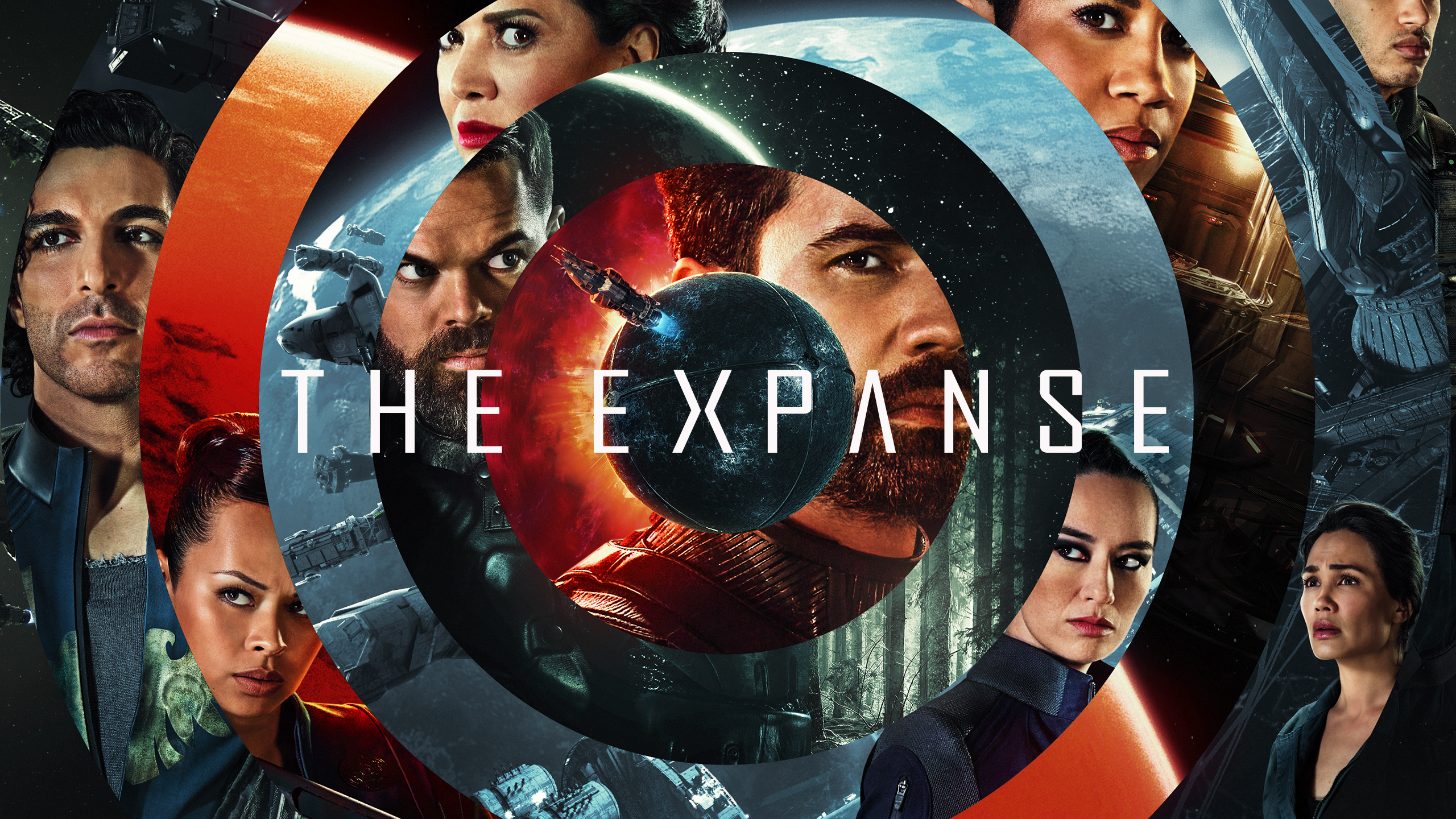Apollo 11 Flight Log, July 17, 1969: Course Correction to Reach the Moon
Click unmute on the video above hear mission audio from Flight Day 2 of the Apollo 11 mission and listen to over 50 minutes of audio in the video from NASA below.
This summer marks the 50th anniversary of NASA's Apollo 11 mission. Fifty years ago today (July 17), the Apollo 11 astronauts were well on their way to landing on the moon, which was planned for July 20. The crew filmed a color television broadcast from the spacecraft, bringing the rest of the world along with them on their remarkable journey. Here's how it happened.
Following a flawless launch the day before, the Apollo 11 crew continued their historic journey to the moon on July 17, 1969. Landing at the Sea of Tranquility was scheduled for July 20.
Related: Relive the Apollo 11 Moon Landing Mission in Real Time
Commanding the crew was Neil Armstrong, slated to pilot the lunar module Eagle to the surface and be the first person to walk on the moon; Buzz Aldrin, the lunar module pilot who would follow him onto the lunar surface; and Michael Collins, who would remain in orbit in the command module, Columbia.
Earth's gravity was gradually slowing down the crew and their docked spacecraft as they made the long trip to the moon. As of about 11 p.m. EDT the night before, their spacecraft was travelling less than 5,000 mph (8,000 km/h) — about one-fifth the speed they experienced when they first rocketed away from Earth.
- Apollo 11 at 50: A Complete Guide to the Historic Moon Landing
- Relive the Apollo 11 Moon Landing Mission in Real Time
- Apollo 11 Moon Landing Giveaway with Simulation Curriculum & Celestron!
Crewmembers received a dose of morning news over the radio while speaking with Mission Control; they learned that vice president Spiro T. Agnew (who attended the Apollo 11 launch) wanted a man on Mars by the year 2000. [Current plans call for getting NASA astronauts to the vicinity of the Red Planet by the mid-2030s.]
Breaking space news, the latest updates on rocket launches, skywatching events and more!
At 12:17 p.m., Armstrong and his crew fired the engines on Columbia for three seconds to make a brief course correction. The procedure was also supposed to test how well the engines were working, an important milestone given that Columbia needed to use them to get into and out of lunar orbit.
About seven hours later, the crew did a color television broadcast from the spacecraft, showing viewers what Earth looks like from about 147,300 miles (237,000 kilometers) away. The program lasted 36 minutes and was broadcast to people all over the world.
You can also read Space.com's Apollo 11 flight log entry for launch day, July 16, 1969.
Editor's note: This feature, originally posted in 2014, has been updated for the 50th anniversary of the Apollo 11 mission. Space.com contributor Chelsea Gohd contributed to this report.
Follow Elizabeth Howell @howellspace, or Space.com @Spacedotcom. We're also on Facebook and Google+. Originally published on Space.com.

Elizabeth Howell (she/her), Ph.D., was a staff writer in the spaceflight channel between 2022 and 2024 specializing in Canadian space news. She was contributing writer for Space.com for 10 years from 2012 to 2024. Elizabeth's reporting includes multiple exclusives with the White House, leading world coverage about a lost-and-found space tomato on the International Space Station, witnessing five human spaceflight launches on two continents, flying parabolic, working inside a spacesuit, and participating in a simulated Mars mission. Her latest book, "Why Am I Taller?" (ECW Press, 2022) is co-written with astronaut Dave Williams.
